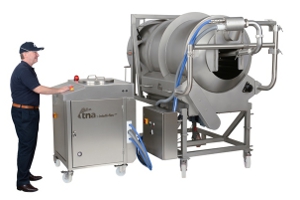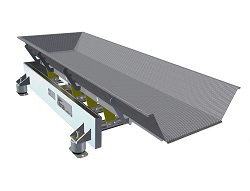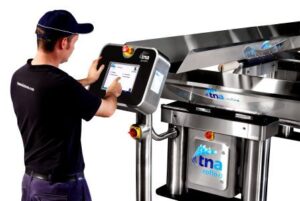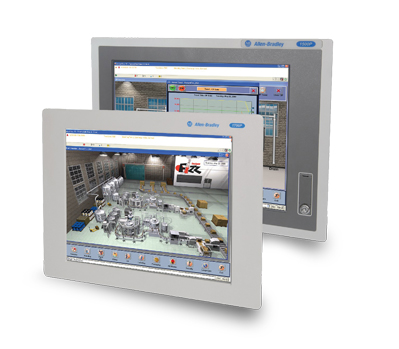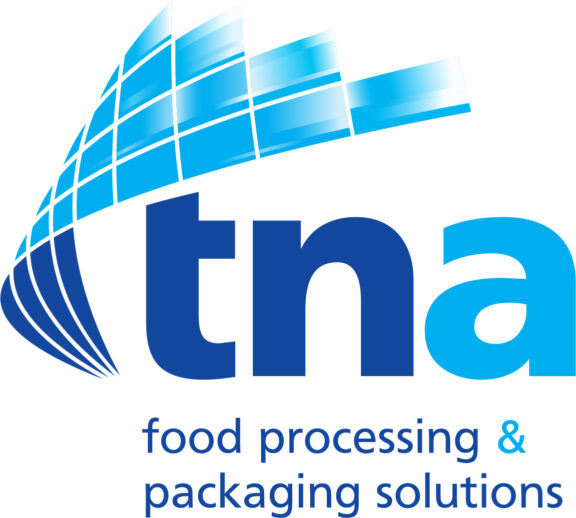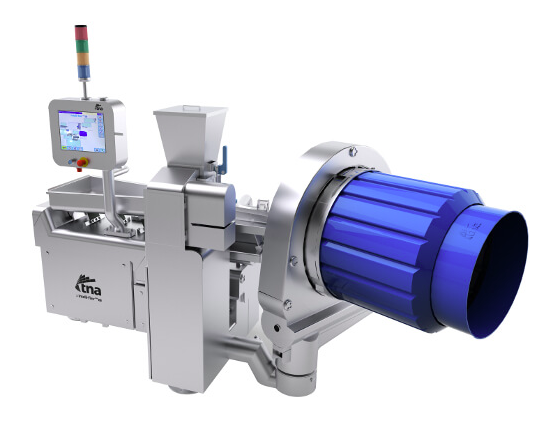Tackling Traceability
flexibility | 4 mins read
April 8, 2013
Shayne De la Force, Group Marketing Manager
 Countless stories of food contamination have hit the headlines in recent years – from outbreaks of Listeria in Cantaloupes in the US in 2011, to the discovery of Cryptosporidium in bagged salads in the UK last year. With product recalls currently seeming to happen on an almost weekly basis, such scandals are beginning to erode consumer trust and satisfaction, causing irreparable damage to brands. In this latest blog, I’ll be looking at why there has never been a better time for food manufacturers to review their processes and make traceability a top priority.
Countless stories of food contamination have hit the headlines in recent years – from outbreaks of Listeria in Cantaloupes in the US in 2011, to the discovery of Cryptosporidium in bagged salads in the UK last year. With product recalls currently seeming to happen on an almost weekly basis, such scandals are beginning to erode consumer trust and satisfaction, causing irreparable damage to brands. In this latest blog, I’ll be looking at why there has never been a better time for food manufacturers to review their processes and make traceability a top priority.
Defining traceability
The word traceability seems to be everywhere at the moment. But what exactly does it mean? Essentially, it’s a risk-management tool that refers to the way in which manufacturers record the movement of products throughout the processing stages, usually through barcodes or RFID tags. With effective measures in place, manufacturers can identify the precise date or time, and the exact location of any goods which must be recalled. In this way, it’s possible to identify risks and trace them back to the source to isolate the problem and avoid contaminated products entering the value chain. It can also save time should product recalls be needed, prevent costly wastage by differentiating between products that are still safe and those that are not, and ultimately help preserve a company’s or brand’s reputation.
Rising regulations
In response to the growing number of food safety scandals, governments have introduced greater regulation. In the US, the FDA passed the FSMA in 2011, which puts the onus on food manufacturers to prevent food contamination, rather than just responding to cases once they have occurred. This also applies to food from overseas, meaning that manufacturers which supply the US will have to adhere to the regulations too.
In the EU, implementing traceability systems has been compulsory since 2002 when the General Food Law came into force. As with US regulation, importers to the EU are also required to identify from whom and where the product was exported. These regulations clearly demonstrate that most local and many global manufacturers must implement some form of traceability system to continue to operate safely and legally on an international scale.
But how should they go about this? Here are my top tips:
1) Actualising automation
Automation is a key component to improve traceability. Product quality issues can apply to both raw materials and finished products, and are often caused by badly specified, outdated or poorly configured control systems. By improving these capabilities, manufacturers can obtain essential monitoring data to satisfy traceability requirements. Barcode scanning and in-line monitoring systems ensure products are always within specification and adhere to all food safety regulations, with accurate labelling to correctly identify what is in the packaging. In addition, production tracking software allows food processors to monitor and record information about their processes, enabling them to rectify any issues, while having the documentation available to meet new record keeping requirements.
2) Keep it clean
Detecting foreign bodies within the production line is vital to ensuring consumer safety. Metal detection technology allows processors to identify potential risks like small pieces of metal.
Plant hygiene is also paramount. Easy-clean materials such as stainless steel can help with this, as can reducing the number of moving parts where items can become trapped. Both of these measures also eliminate the need for lengthy downtime and reduce the risk of allergens or contamination.
3) Specialist solutions
At tna, we use our expertise in traceability solutions to help manufacturers protect consumer safety, as well as safeguard their own reputation. Our controls and automation capabilities allow full visibility of the entire production line to meet regulatory requirements, while the simplified design of all tna products ensures easy cleaning of the production line. What’s more, products such as the tna hyper-detect® metal detector, the tna intelli-scan® 2 comprehensive date code assurance system and the tna intelli-read® 3 integrated bar code scanning system can all help to achieve traceability requirements.
Is tackling traceability top of your agenda? Get in touch to find out how our solutions can help you!















